- 50 Years of Experience
- Made in SA
- Family Owned Business
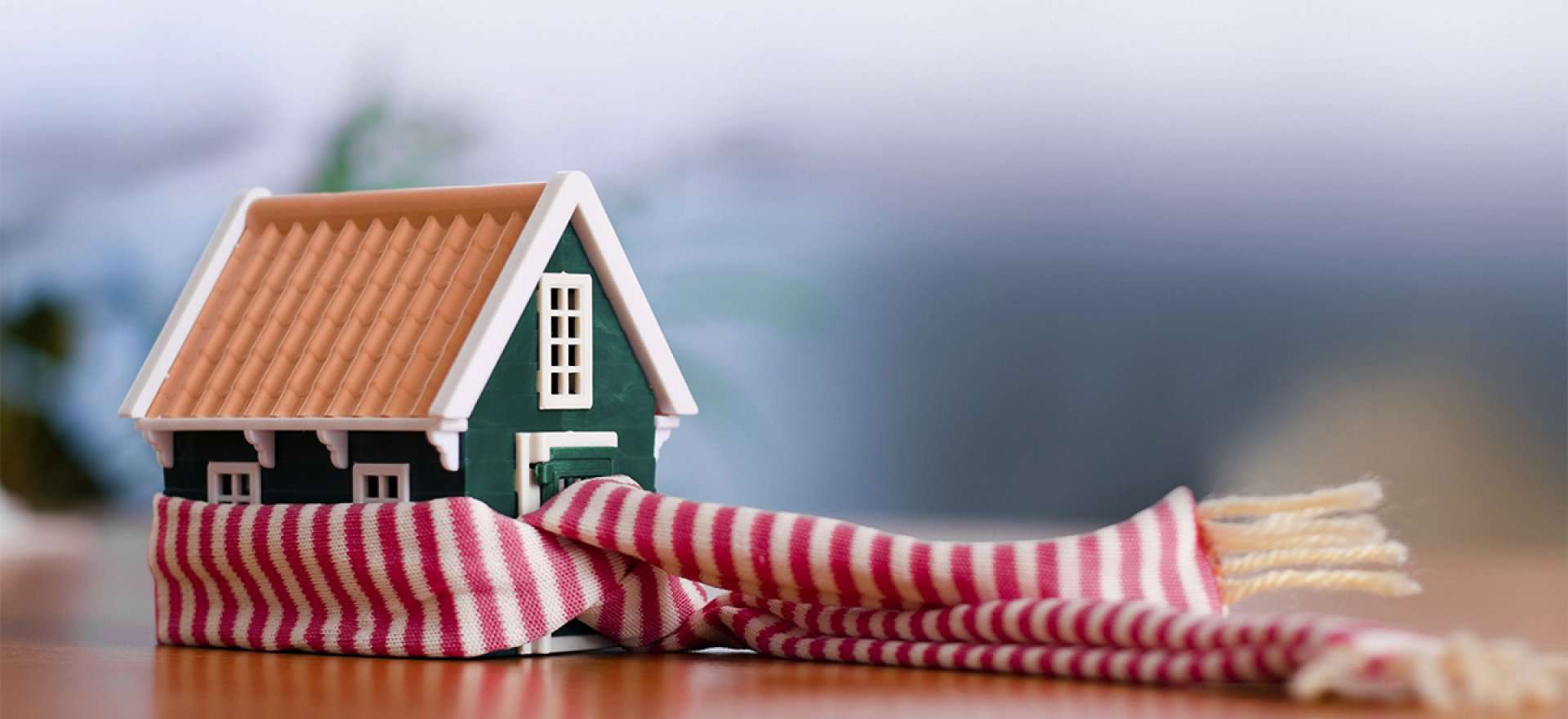
You spent all summer trying to keep the cool air in, but now it’s time to keep it out. With the arrival of colder weather the focus turns to staying warm at home without maxing out our energy bills. When it comes to preparing your home for winter, some of the same steps apply as they did in summer, such as sealing gaps that let air in and closing off rooms not in use.
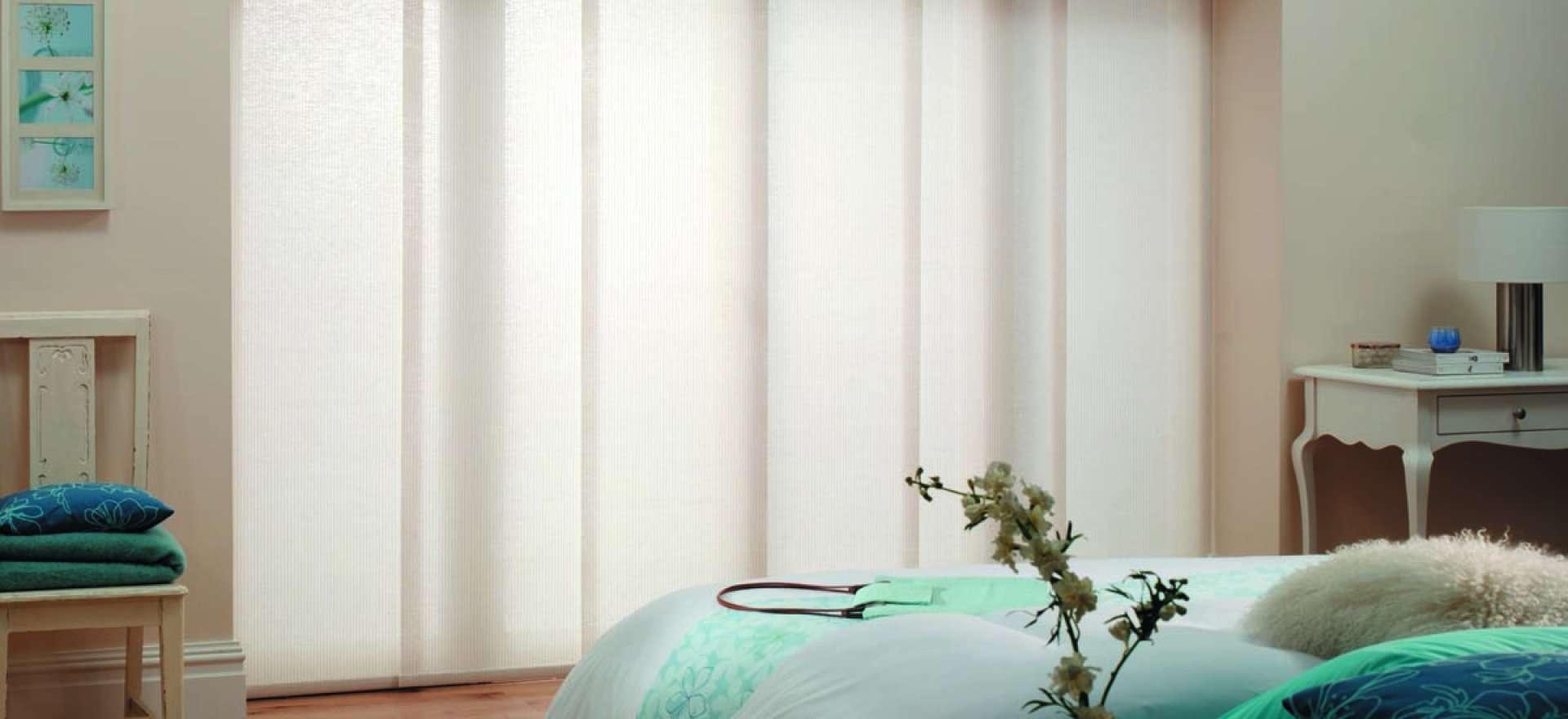
It’s tempting to cool the whole house during a heatwave, but you can save significantly by only cooling the areas of the house you are using. When replacing an appliance, opt for a more energy efficient model wherever possible. You can also check your roof insulation to make sure it has the right rating and is correctly installed. Even regularly defrosting your freezer and checking your fridge seals can trim your energy costs.
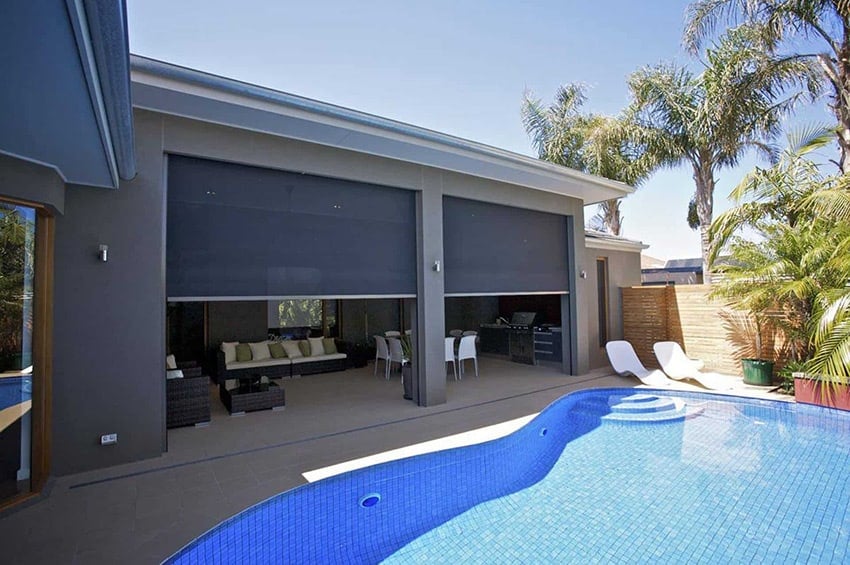
Ziptrak Blind or Zipscreen broken in a storm? Here are 5 steps to limit the damage and get your blinds back in working order and save money.
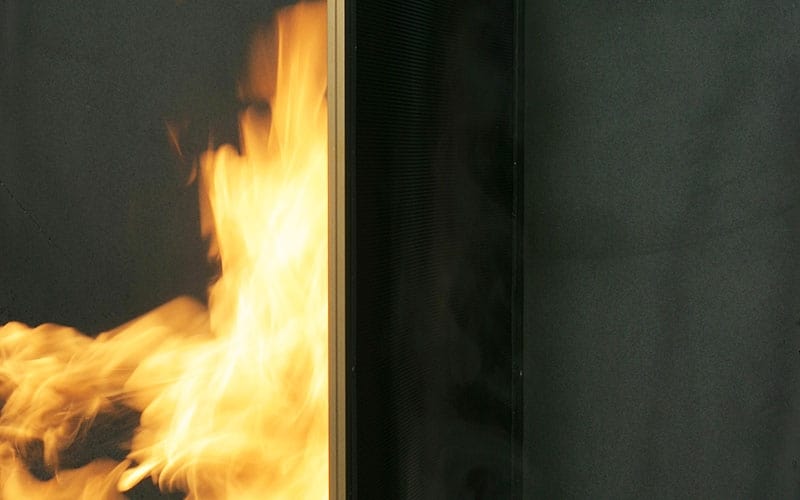
Did you know that Crimsafe could be used as part of fire engineering reports on unprotected openings of residential buildings (Class 2 Units)? If your building design requires an engineering report or your property is in a bushfire zone and your want information on Bushfire Attack Level (BAL) Assessments read more below.

At this time of year it is often nice to be able to open up your home in the evening and let in the cool sea or gully breezes. However, security and insects can be a problem if you don't have the right doors and screens installed. In this blog we will explore the different options you have to make your home safe and easy to cool.
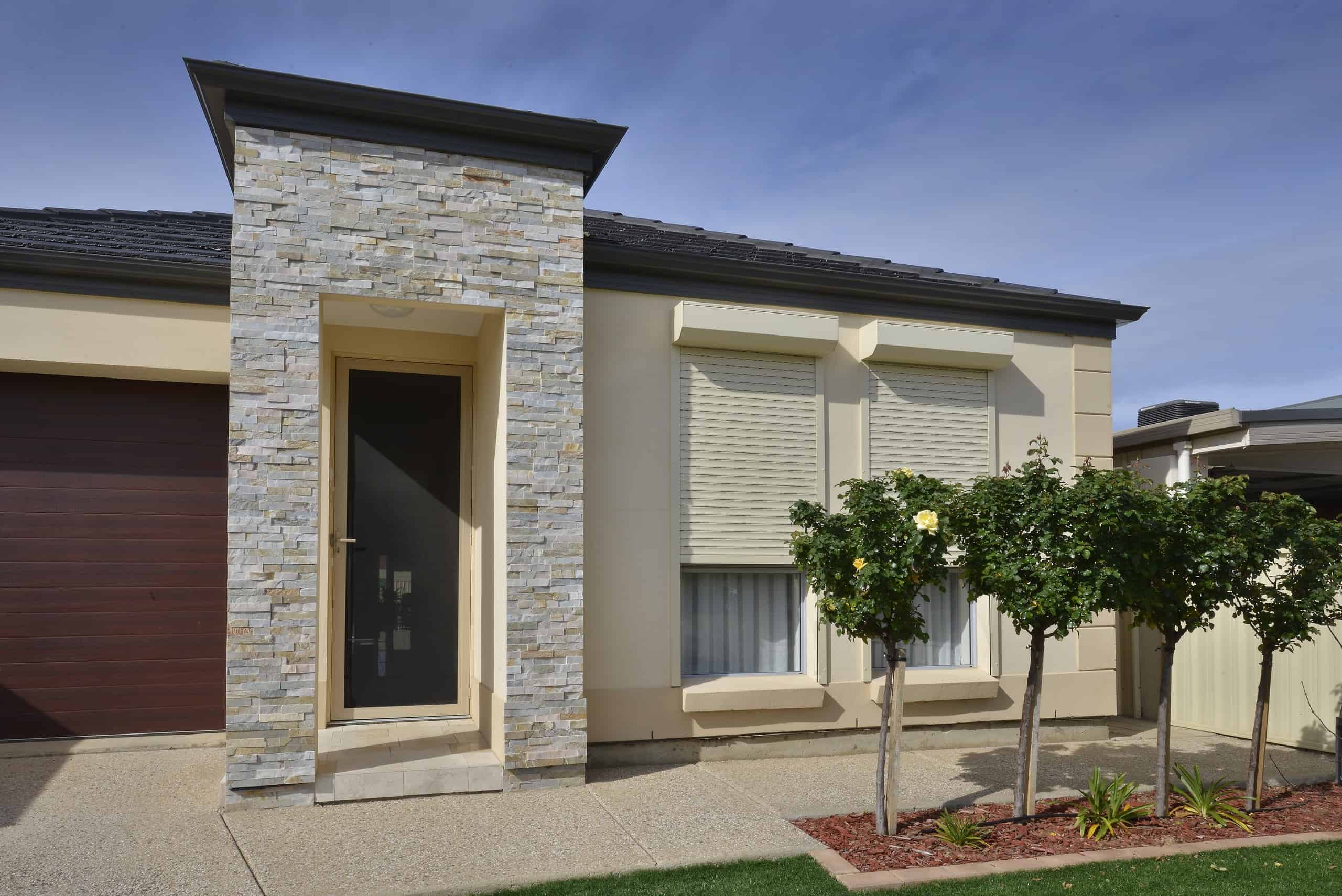
Stopping the sun hitting in the window is one of the best ways to reduce heat load in your home. Internal blinds are fine but once the heat is inside your home it is only a matter of time before it leaks into your room from behind the blind or curtain. Outside Blinds, Awnings and Roller Shutters are your best option to keep the heat off the window and outside your home. Here are our thoughts on what are the best options and why.